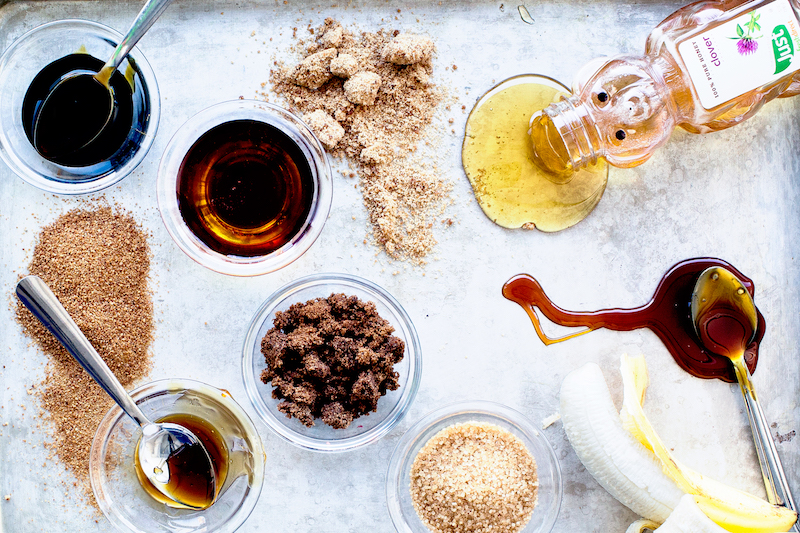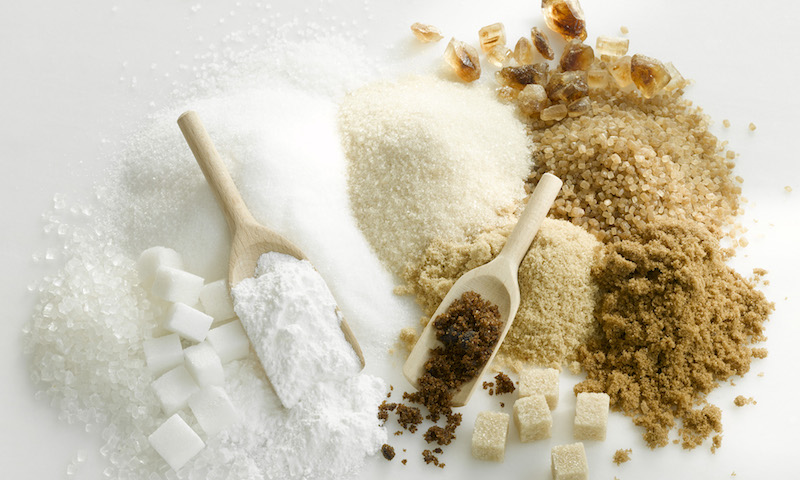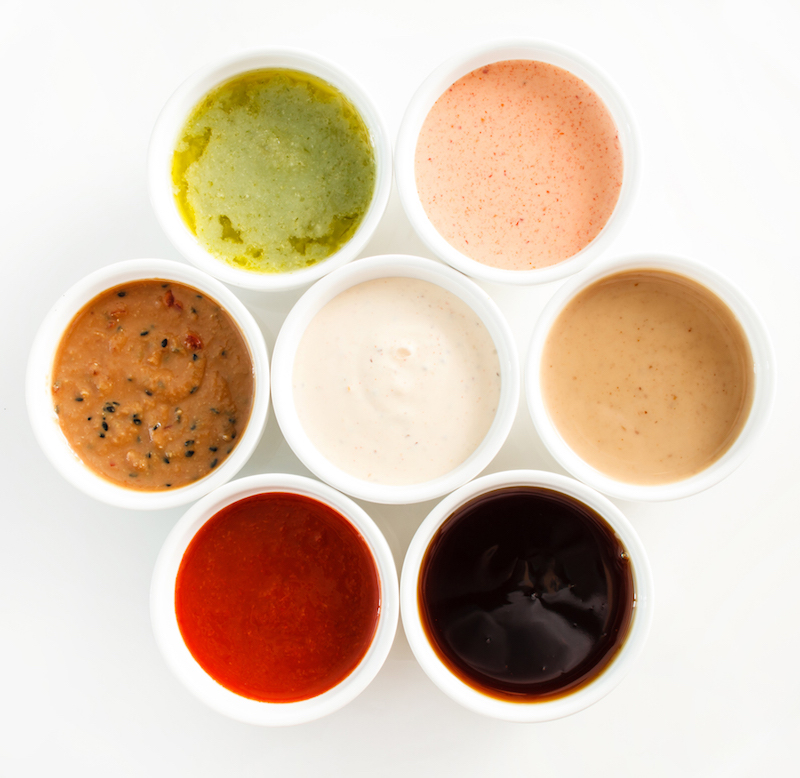Avoiding the Sugar Trap
Carolina Sanchez
Photo courtesy of www.uilltobe.com
High fructose corn syrup, cane sugar, evaporated cane syrup, raw cane sugar, agave, brown sugar, organic cane sugar. Perhaps you have read some of these names on nutrition labels or on the front of the package touting health benefits. What do they have in common?
Some come from different plants, but they are all fundamentally sweeteners. Sugar has always been in most processed foods, but now, food manufacturers have become cleverer at disguising it. Some claim health benefits to “raw organic cane sugar” over table sugar, but regardless of the name, your body requires insulin to process any sweetener. So, added sugars should always be avoided as much as possible in your diet.
Photo courtesy of uilltobe.ru
Where can you find sugar? Nowadays, it is not just in desserts, but there are many hidden sources that you probably do not realize. First, many “diet” foods or “lite” foods are produced with sweeteners. In order to be low-fat or fat free, manufacturers use various additives and sweeteners so that the product still tastes decent. That includes salad dressings, crackers, cookies, cereals, etc. Second, when you go out to eat, there is a high chance your dish contains some sort of sweetener, even savory dishes. Sauces, marinades and dressings typically contain sweeteners to make them taste better or to balance the acidic components such as vinegars. Even seemingly healthy foods like sushi can pack a lot of sugar. Sushi rice is mixed with vinegar and sugar, not to mention it is usually made with white rice, which has been stripped of all of its nutrients, causing your blood sugar to spike. Third, fruit juice is a big source of sugar, not to mention some manufacturers add sweeteners to the juice. Fruit juice is already sweet from the natural sugars of the fruit, and I recommend skipping juice and opting for the whole fruit instead. Fruit juice does not contain any fiber, and the vitamins and minerals are destroyed in the pasteurization process, which is why they are artificially added. When you drink juice, your body is getting all of the sugar at once without any of the fiber to counteract it, causing your blood sugar to spike. As an example, an 8 oz glass of apple juice contains approximately 27 grams of sugar and 117 calories, with virtually no fiber.
Photo courtesy of uilltobe.ru
Manufacturers have found a way to add more of the sweet stuff into food products, leading to increasing levels of diabetes and obesity worldwide. According to the International Diabetes Federation, in 2015 there were 12 million people in Russia with diabetes. Moreover, it is estimated that 66,000 people die from diabetes-related causes each year in Russia. The situation is even starker in the US, with 29 million diabetics, according to the American Diabetes Association. Furthermore, the cost to the economy is significant, with the annual cost of caring for diabetic patients coming in at $12.5 billion in Russia and over $245 billion in the United States. Do I have your attention yet?
Photo courtesy of uilltobe.ru
So, what can you do to avoid falling into the sugar trap? First, read all ingredient labels. If there is an ingredient you cannot pronounce or you do not know what it is, the best way is not to eat it at all. Remember, the healthiest foods do not require a nutrition label. Ever see a nutrition label on an apple? Second, eliminate sugary foods at home. The best way to avoid temptation is to get rid of it or do not buy it. You can’t be tempted to eat those donuts if they are not around. Third, ask questions if you go out to eat. Restaurants are in the hospitality industry, so they are in the business of taking care of their customers. Ask what kind of sweetener they use in desserts or the ingredients of a particular dish you are considering. Do not be afraid to ask questions, your body will thank you later. Fourth, avoid sugary drinks and drink more water. Sugary drinks are a big source of “empty calories”, meaning they are nutrient devoid.
So, remember to look out for sugar in disguise. It will not always be easy to spot, given that manufacturers have gotten more clever at making “sugar” sound more appealing by adding buzz words like “organic” or “raw,” but just remember that consuming less sugar is better for your health. Try cutting out refined sugar from your diet to see just how good you can feel. Your body and mind will thank you for it.




